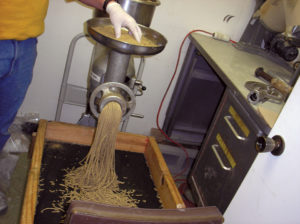
Sulfur amino acid utilization in aquaculture
Dietary sulfur amino acids (methionine and cysteine) are required to support optimal growth, feed efficiency, and nutrient utilization in various fish.
Shrimp breeders often protect their genetic investment by selling broodstock that will accumulate increasing levels of inbreeding in successive generations.

Dietary sulfur amino acids (methionine and cysteine) are required to support optimal growth, feed efficiency, and nutrient utilization in various fish.
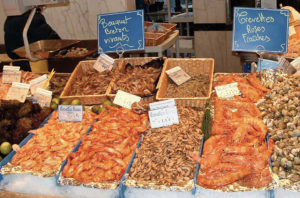
Adding alfalfa concentrate containing natural carotenoids and pigments to the finishing diets of shrimp can enhance coloration of shrimp after cooking.

Rockfish aquaculture could potentially benefit wild stock-rebuilding efforts, as well as provide flavorful fish for consumers in the United States.

The culture of sterile triploid rainbow trout, which carry three sets of chromosomes, can limit losses to sexual maturation and reduce potential problems regarding interactions of escaped fish with natural stocks. The authors’ research holds promise for creating tetraploid rainbow trout strains that can be crossed with diploid trout to yield triploids for aquaculture production.
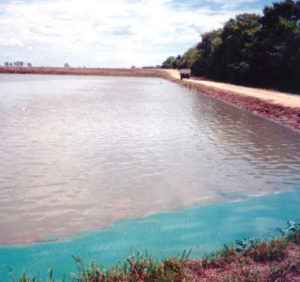
Off-flavors in farmed fish cost the U.S. catfish industry millions but their prevalence can be greatly reduced by copper sulfate treatment of pond water.
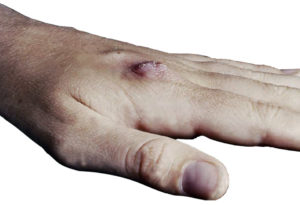
Mycobacterial infections can happen to aquaculture workers and others who handle seafood or animals in aquatic ecosystems.
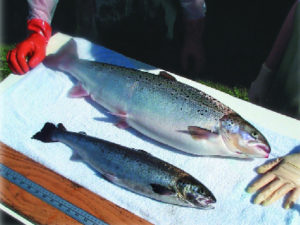
Transgenic salmon and trout developed by AquaBounty Technologies are minimally different from other farm-raised fish, but exhibit impressive and inheritable growth rates.
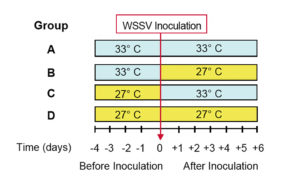
In a study, results showed that raising water temperature to 33 degrees-C after inoculation was sufficient to prevent shrimp mortality from WSSV.
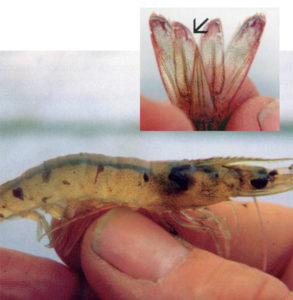
International Council for the Exploration of the Seas (ICES) guidelines should be modified and closely followed to guard against the possibility of introducing new viral pathogens.

Despite research challenges, ongoing work on phytase supplementation in shrimp is striving to enhance shrimp feed performance in similar ways.
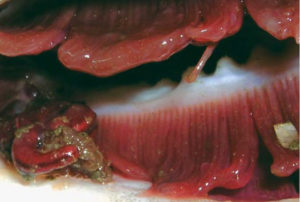
Parasite management is crucial for cod farming in Scotland. The main threat comes from parasites with direct or single-host life cycles.
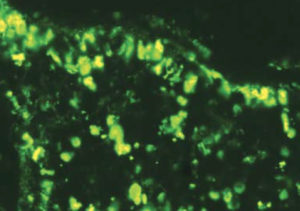
Using intramuscular injection of white spot syndrome virus, study determines number of viral particles associated with the infectious dose.

Translocated shrimp have the potential to carry pathogens to new areas. Shrimp have a tendency to carry persistent infections without showing signs of disease.
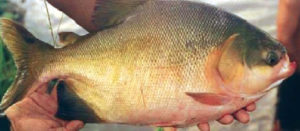
Study in Peru that evaluated three food sources for larval pacu shows that water fleas appear to be a cost-effective substitute for artemia.
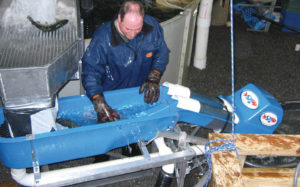
Research at the Conservation Fund’s Freshwater Institute is evaluating a prototype percussive stunning system for slaughtering food-size rainbow trout.